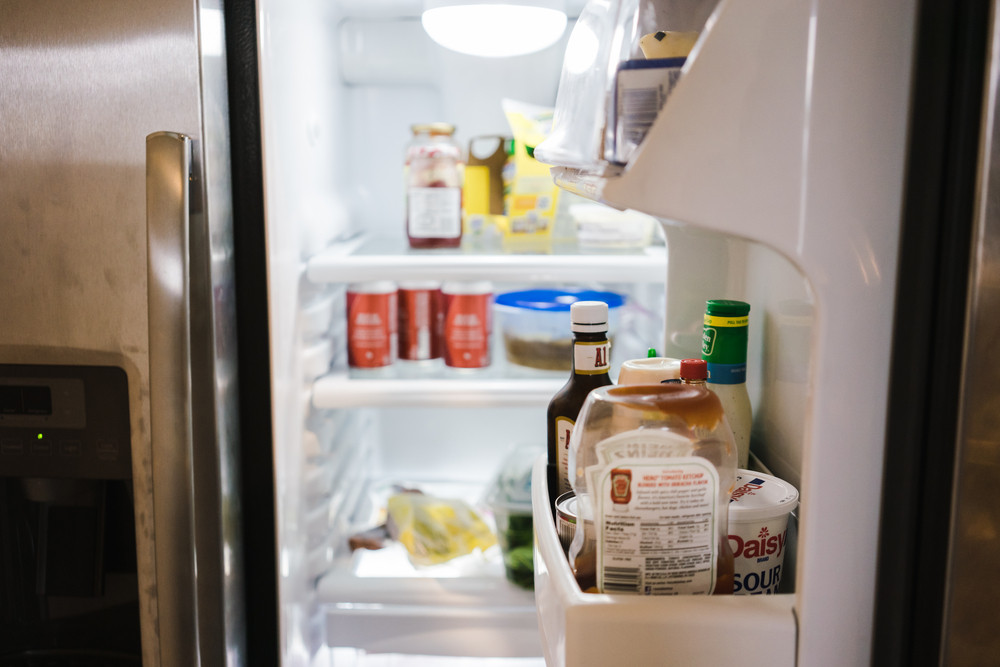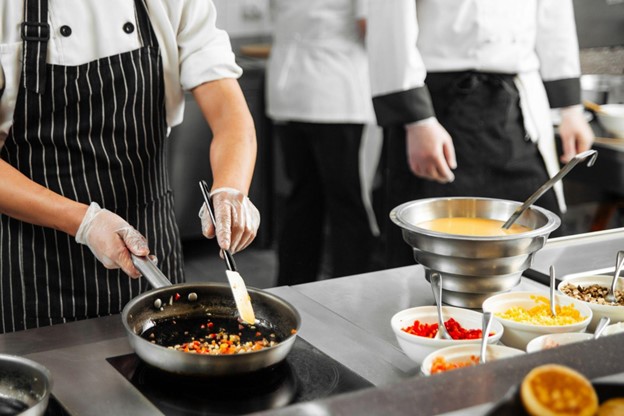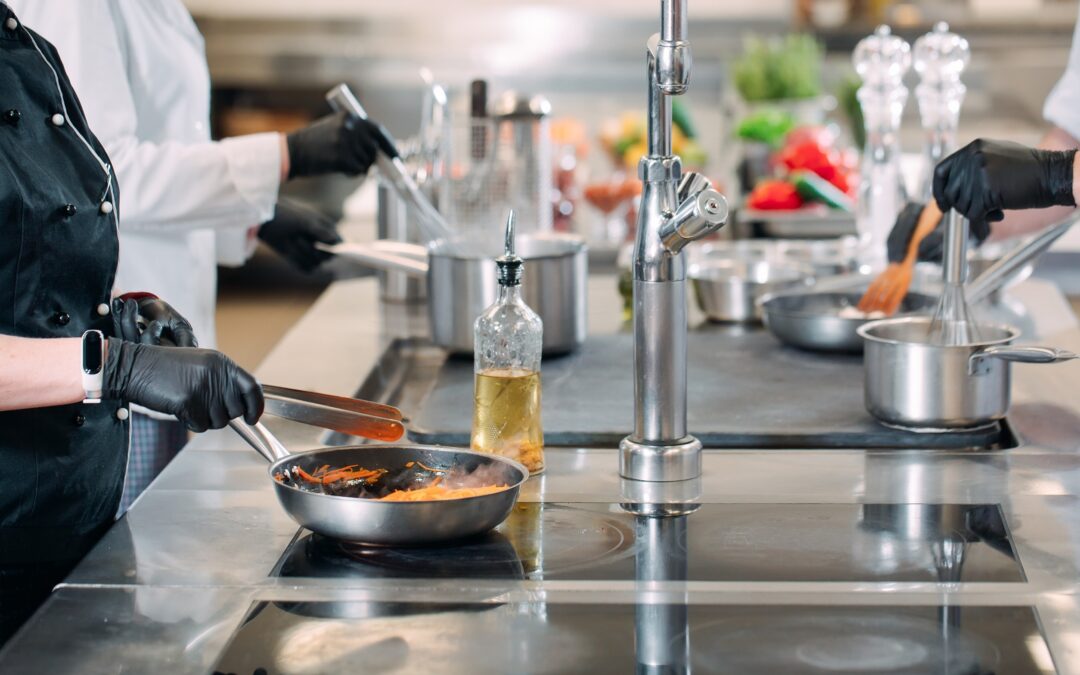When there is a power outage that lasts more than three hours, food items in the refrigerator can immediately become contaminated. Therefore, it is critical to understand the best practices for cooling food to prevent foodborne illness.
A recent review by the Department of Energy statistics showed that since 2000, power disruptions caused by adverse weather conditions had increased by 67 percent. In addition, climate change and outdated infrastructure place a significant strain on our electrical grid and the people it serves.
When there is severe weather, the demand for electricity soars. Severe weather conditions could trigger periods of electricity shortages that could go on for minutes, hours, days, and even, in extreme cases, weeks. In such situations, electricity suppliers usually encourage consumers to conserve energy at home, or they may arrange decreased electricity supply to specific regions to avert a total blackout.
When food is stored in cold storage, bacteria development is slowed or stopped. Therefore, according to The European Food Information Council (EUFIC), food can be frozen securely for three to twelve months without risk of deterioration. After that, bacteria are killed totally by freezing.
If you have a power outage, below are some best practices for cooling food that you can adopt to avoid foodborne illness:
Install an Appliance Thermometer in Your Freezer
One of the best practices for cooling food items is installing an appliance thermometer in your refrigerator or freezer to monitor temperatures. Check that the refrigerator temperature is not greater than 40°F and that the freezer temperature is 0°F or lower. Only open the refrigerator or freezer if required to maintain the cold air that keeps food safe.
If in Doubt, Toss it in The Bin
Food should never be tasted to evaluate its safety. If your instinct tells you the food is bad, throw it in the bin.
Make Use of Coolers
Another way to prevent food spoilage during temporary power outages is by filling a cooler with ice or frozen gel packs and placing the food inside. First, be certain that there is enough ice in the cooler to keep food at 40°F or lower. Then, as the ice in the cooler melts, add more.
Prepare Ahead of Time
Once you suspect a temporary power outage or your electricity might go down indefinitely, ensure you purchase dry or block packs of ice to navigate periods of power outages until normalcy is restored. For more information on food safety during power outages, contact us today.




